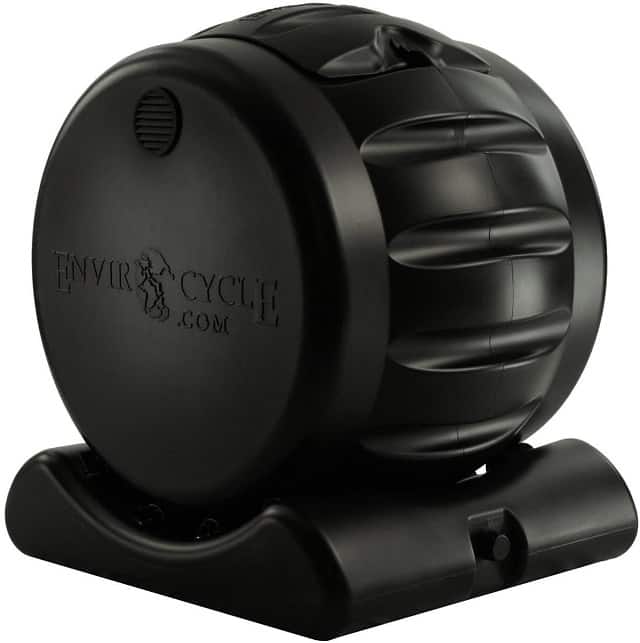As summer fades into fall, September is a transformative month for gardeners. It’s a time for reflection on the past growing season, a moment to prepare your garden for the cooler months ahead, and an opportunity to lay the groundwork for a flourishing spring.
This month is pivotal for ensuring your garden continues to thrive year after year. Let’s explore the must-do September garden jobs that will keep your outdoor sanctuary vibrant and healthy.
Assess and Plan
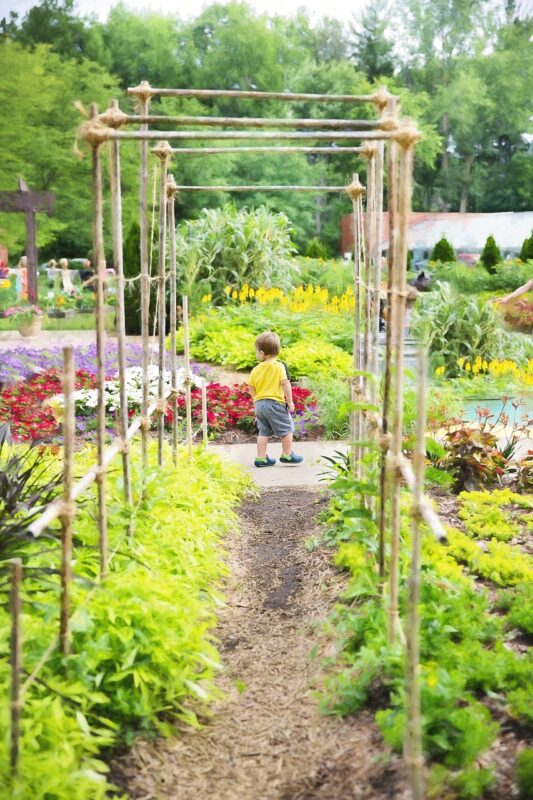
Before diving into work, take a good look at your garden. Assess what worked, what didn’t, and what changes might need to be made. Perhaps the tomatoes were prolific, but the peppers didn’t do so well. Or you noticed shaded areas that could benefit from shade-tolerant plants.
Evaluate Plant Health
Walk through your garden and inspect each plant for pests, diseases, and overall health. Look for signs such as:
Wilting leaves
Discoloration
Unusual spots or growths
Make notes of any plants needing immediate attention. Taking this moment to reflect allows you to mend problems before they spring up in the next growing season.
Plan for Next Year
September is also an ideal time to sketch out changes for next spring. Consider rotating crops, introducing new varieties, or creating more diverse ecosystems. Think about companion planting and how certain plants can support each other.
Harvest Time
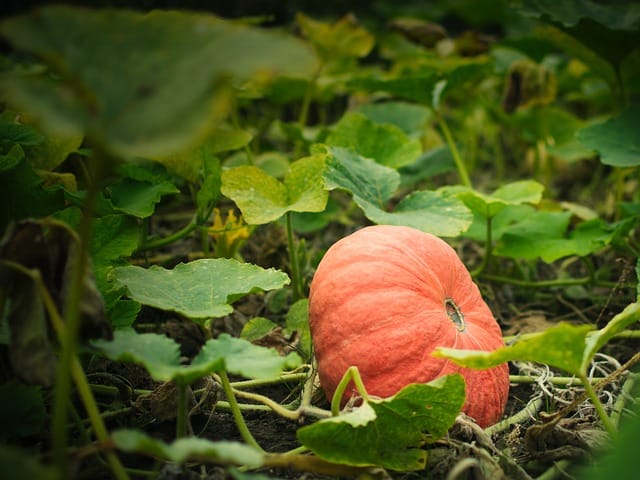
As summer crops reach maturity, September presents the perfect opportunity to reap the rewards of your hard work. This month is traditionally harvest time for various fruits and vegetables, from apples and pears to squash and late-season tomatoes.
Pick and Store
Make sure to harvest crops at their peak. Gathering them just before they reach full ripeness often improves flavor and prolongs storage life. Find ways to store your harvest—canning, freezing, or dehydrating are great methods for preserving your bounty.
Ripe Fruits and Veggies
Among the fruits and vegetables you might be harvesting:
Apples and Pears: Perfect for fresh eating, juicing, or baking.
Pumpkins: Harvest when they have a hard skin.
Green Beans and Peas: Best when young and tender.
Late Corn: Needs to be checked for peak sweetness.
Taking the time to harvest ensures you enjoy the fruits of your labor while minimizing waste.
Prepare the Soil
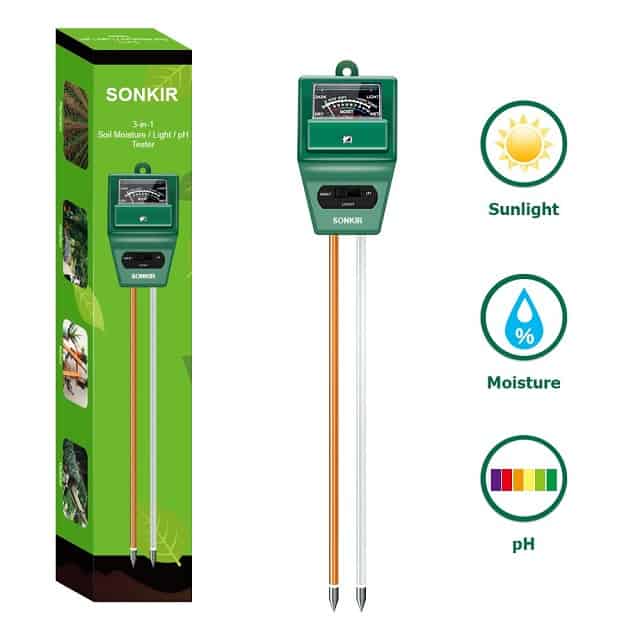
September is also prime time for soil preparation. With the growing season winding down, it’s the perfect moment to enhance soil health for next year’s plants.
Test Your Soil
A soil test can reveal your soil’s nutrient level and pH balance. By understanding its composition, you can amend it appropriately. Many local agricultural extensions or gardening centers offer soil testing services.
Add Organic Matter
Whether your soil test reveals deficiencies or not, adding organic matter is always a good practice. Consider adding well-rotted manure, compost, or leaf mold to improve soil structure, nutrient-holding capacity, and moisture retention.
Tillage and Cover Crops
After harvesting, consider tilling to break up soil and integrate compost into the earth. If you are in a cooler climate, planting cover crops like clover or rye can prevent erosion, suppress weeds, and improve soil fertility.
Clean Up the Garden
As the gardening season ends, cleaning up becomes essential. Removing old plant debris can prevent disease and pest problems from lingering into the next growing season.
Remove Weeds and Debris
Take the time to pull out any unwanted weeds choking your plants. Any dead foliage or leftover plant materials should be removed to avoid harboring pests and diseases.
Composting
Consider composting the organic waste. Not only will it reduce landfill waste, but it will also provide nutrient-rich compost for your garden next spring. Avoid composting diseased plants or invasive weeds.
Plant and Sow
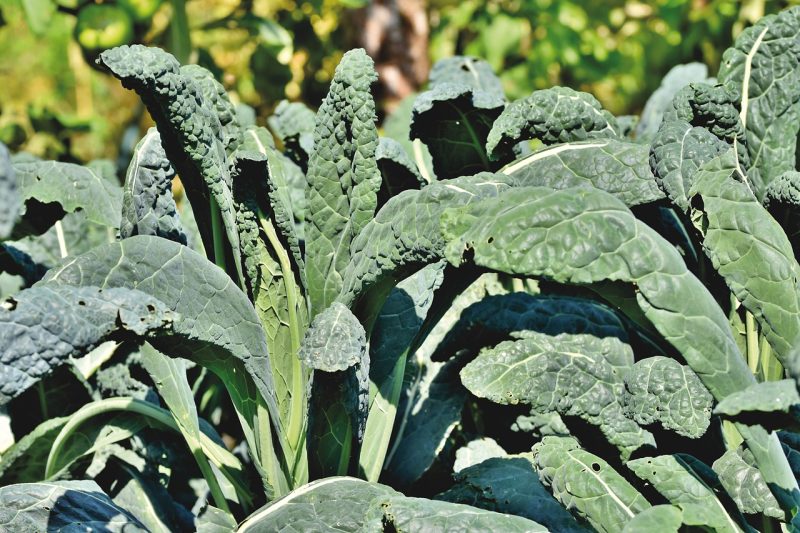
September is not just about cleaning; it’s also an excellent month for planting. It offers the chance to sow seeds and plant new perennials, as favorable temperatures and rainfall can help establish roots before winter sets in.
Fall Bulbs
Planting spring-flowering bulbs like daffodils, tulips, and hyacinths in September ensures you get stunning blooms next year. Choose well-draining soil and plant them at the recommended depth.
Cool-Season Crops
If you have space, consider sowing cool-season crops like kale, spinach, and hardy salad greens. These can thrive in the cooler weather and provide you with fresh produce well into fall.
Perennials and Shrubs
September is also a good time to plant perennials and deciduous shrubs. With the cooler temperatures, they can begin to establish their roots before the frost arrives.
Tidy Up Ornamental Gardens

For those with ornamental gardens, September can be a time to refresh your landscape by focusing on aesthetic appeal.
Deadheading
As flowering plants begin to fade, deadheading can promote a second flush of blooms. Remove spent flowers to encourage further growth and maintain the garden’s appearance.
Pruning
Now that many plants have finished blooming, it’s an appropriate time to prune back summer-blooming perennials. Shearing them back promotes bushier growth and prepares them for winter conditions.
Create Wildlife Habitats
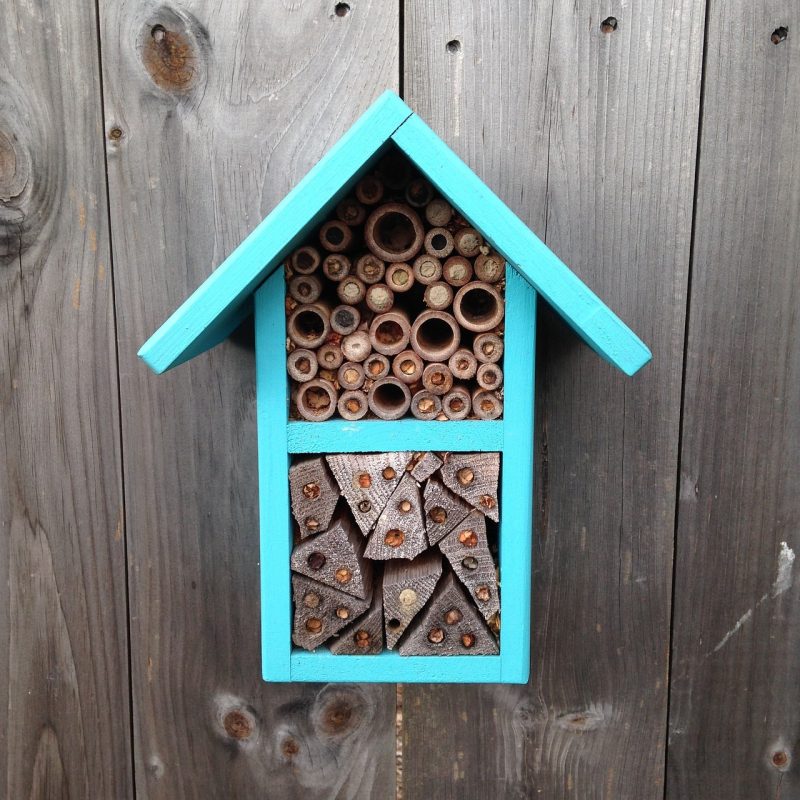
With many animals preparing for winter hibernation, September presents a unique opportunity for gardeners to create habitats that aid local wildlife.
Bee and Pollinator Gardens
Consider planting late-blooming flowers to provide food for bees, butterflies, and other pollinators as they prepare for winter.
Bird Feeders and Shelter
As birds transition through changes in food availability, offering feeders stocked with seeds, hanging nest boxes, and providing evergreen shrubs can support them during this critical time of year.
Winter Prep
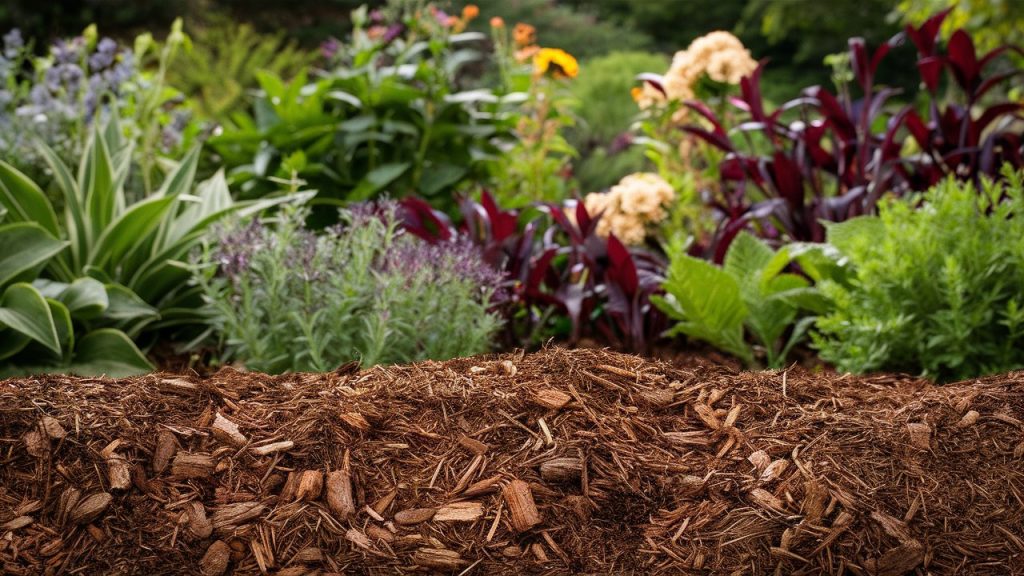
You might think winter is far away, but preparations begin in September. Creating resilient gardens begins with proactive planning and actions.
Mulching
Apply mulch around perennials, trees, and shrubs to insulate their roots and regulate soil temperature. A good layer of mulch can also suppress weeds and retain moisture.
Seasonal Décor
If you enjoy decorating your garden, consider adding seasonal elements. Pumpkins, gourds, and ornamental grasses can create a beautiful autumnal atmosphere while preparing your space for the coming winter months.



